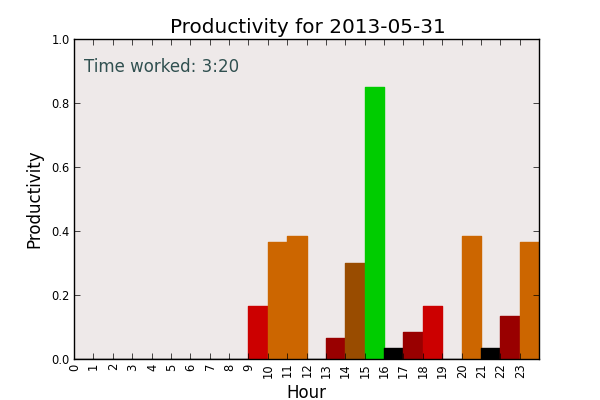I have both an iPad Pro and a Microsoft Surface Pro 3 tablet running Linux. Depending on what I am planning on doing on a day-to-day basis affects which device I carry around. Mostly I carry my Surface, as I have Linux installed, and it allows me to easily do development, remotely administer machines, or do general computing tasks. The keyboard on it isn't great however - it's kind of flimsy and doesn't work well if it's not on a firm surface. I can't easily use it on a train for example. It was perfect when we were in Australia for a month, and allowed me to both work and do University assignments. I can use it as a tablet for reading, but it isn't great for that.
